Chinese New Year, or Spring Festival, is celebrated by a quarter of the world’s population. Roughly two billion people ring in the Lunar New Year in some way or another.
Beyond the borders of China, it’s an official public holiday in the Philippines, Vietnam, Brunei, Indonesia, Singapore, Malaysia, both Koreas and even Suriname.
Large Chinese New Year celebrations are also held in major Western cities like Vancouver, Sydney and New York.
The festival is also the catalyst for the largest human migration of any kind, as migrant workers in top tier cities return to their hometowns – the only yearly visit for many.
Some 400 million people pour from China’s major cities and journey to rural areas to mark the holiday with their families.

Spring Festival in Ditan Park, Beijing, 2018. Image via Bruce Connolly.
The festival is steeped in traditions and superstitions that are as varied as the country is vast.
While some ways of celebrating have evolved – like the 600 million red envelopes of lucky money that are now sent digitally – many remain as steadfast totems of China’s diversity and colorful heritage.
To try to capture all the different ways that the Spring Festival is celebrated around the Middle Kingdom would require a leather-bound edition.
Instead, we modestly offer a glimpse at just a handful of the scenes on display as this hardworking nation shutters its shops and welcoms the Year of the Dragon.
Beijing Bacchanalia
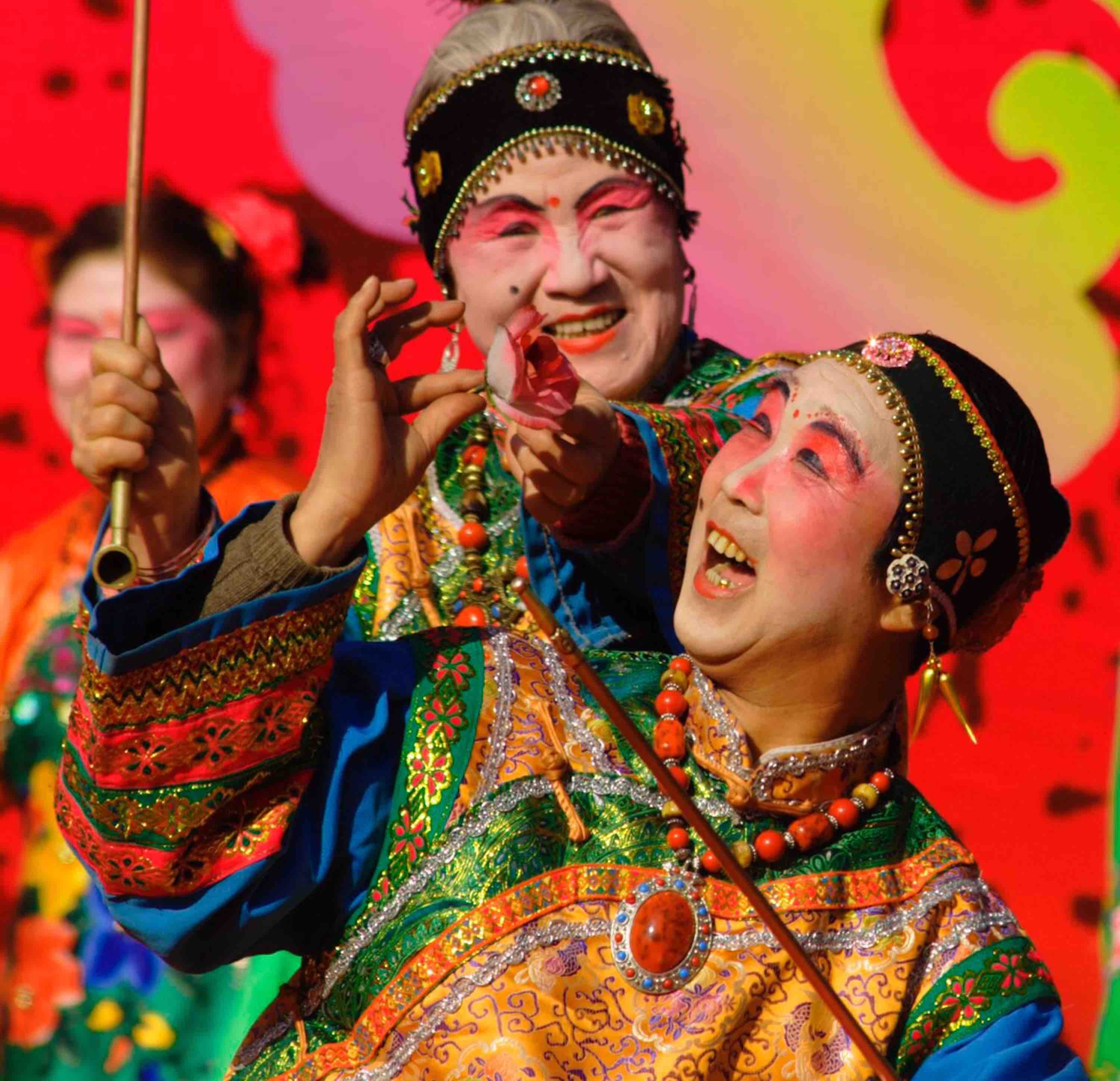
Costumed dancers in Longtan Park, Beijing, 2008. Image via Bruce Connolly.
In Beijing, locals and visitors alike can experience a whole host of Chinese New Year celebrations and activities.
Having first visited China in 1987 and having lived permanently in Beijing since 1994, Scottish photographer Bruce Connolly has snapped his fair share of Chinese New Year happenings in the capital – from the eye-catching performances to leisurely time with the family.
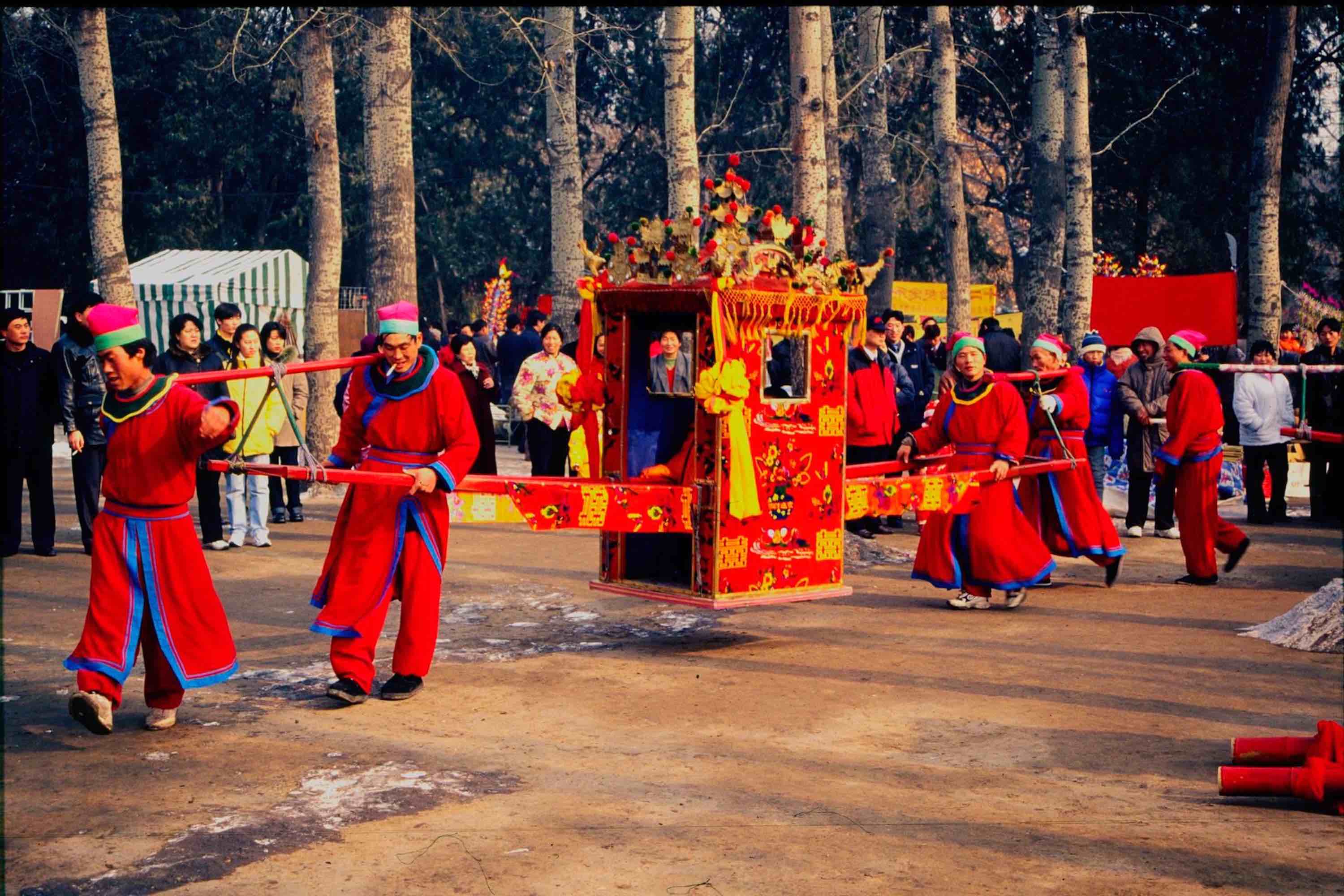
Traditional bridal box during Spring Festival at Ditan Park, Beijing, 2002. Image via Bruce Connolly
In these photographs, we can see a traditional performance at a Temple Fair, a classic New Year activity.
The event pictured above is happening at the Temple of Heaven Park – one of Beijing’s most iconic ancient landmarks.

Image via Bruce Connolly
Aside from the dazzling displays and the bustling stalls, Chinese New Year is also a time for family.
In the city’s many parks – Chaoyang Park, Temple of Earth (Ditan Park), and elsewhere – grandparents, parents and children can be seen strolling around and enjoying the holiday atmosphere.
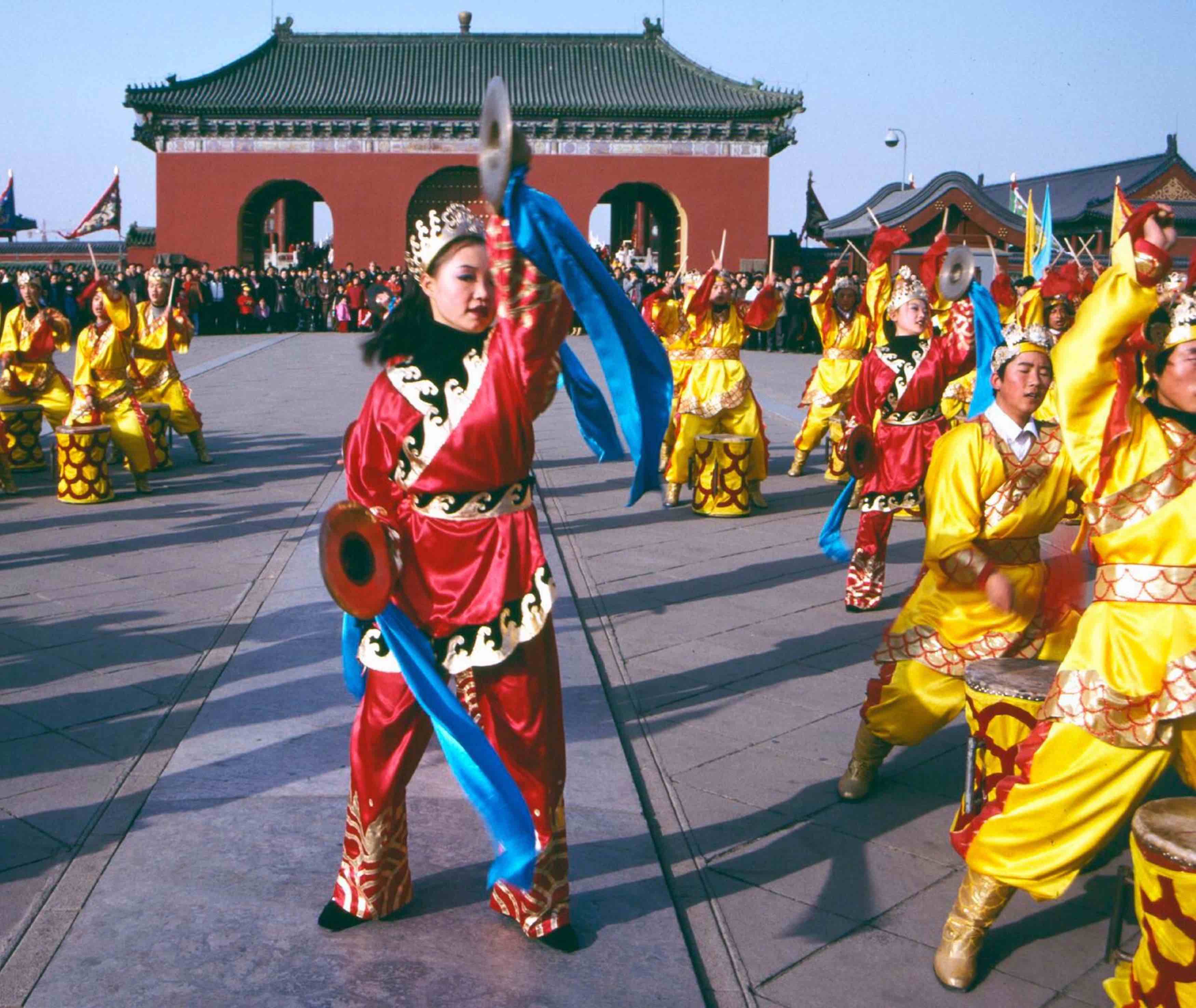
Spring Festival performance at Temple of Heaven, Beijing, 2002. Image via Bruce Connolly
Miao Minority Merrymaking
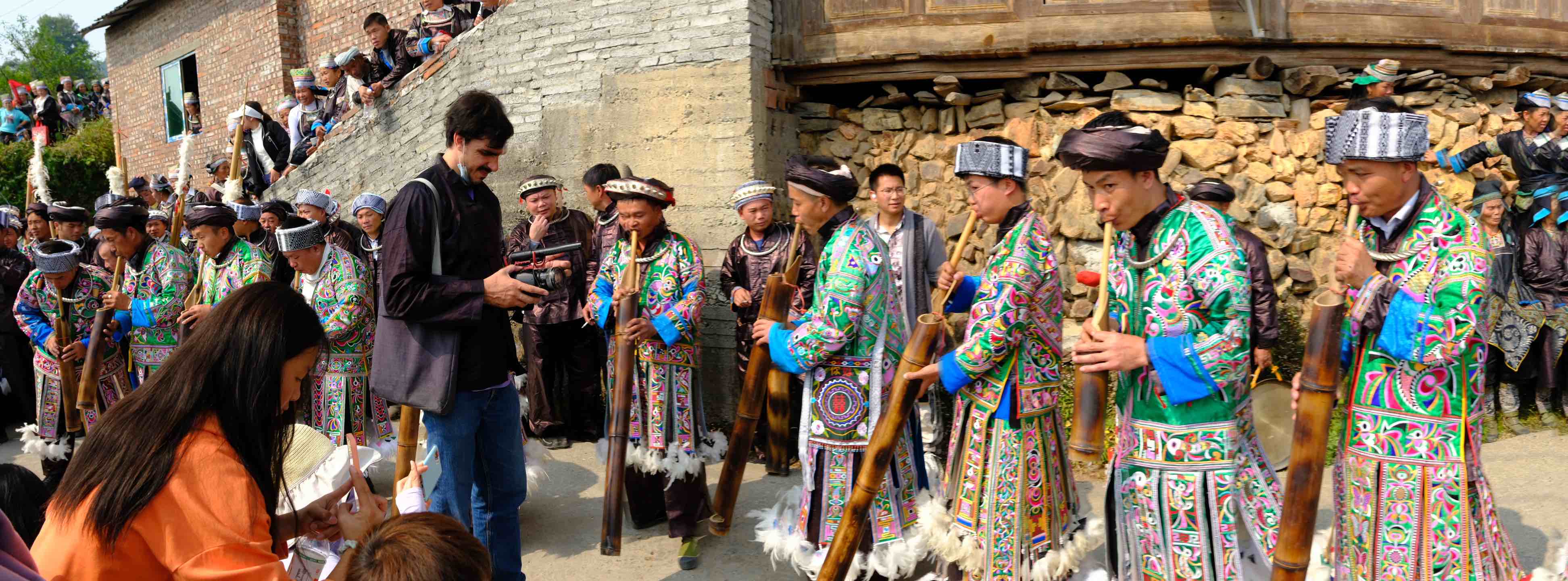
Although this year the Chinese New Year’s celebrations officially began on February 10, many of the country’s ethnic groups have their own customs surrounding the New Year, occurring at different points throughout the lunar calendar.
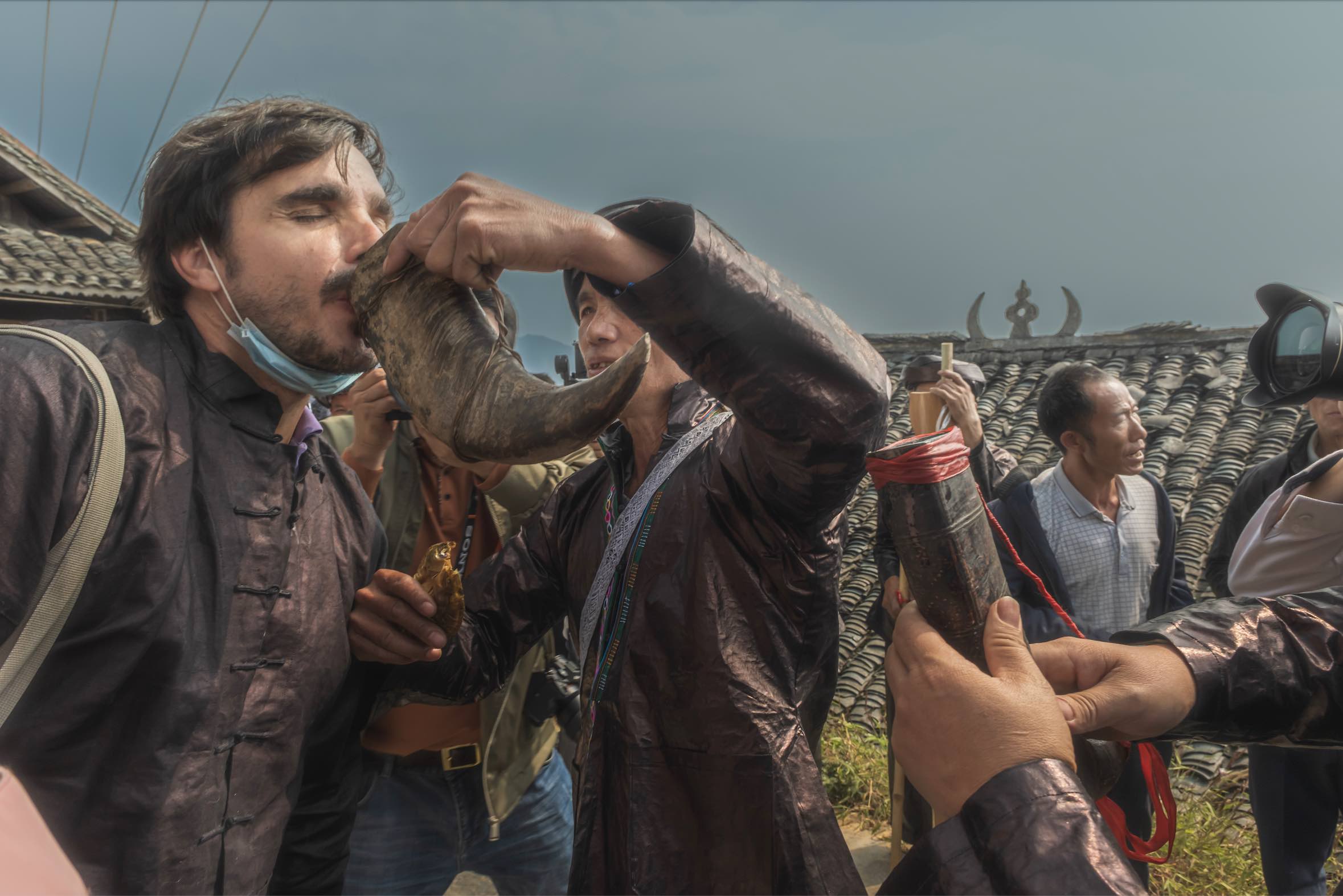
The Miao ethnic group celebrate Miao New Year when the autumn harvest is over and the agricultural work of the year is effectively over.
The holiday was added to China’s non-material cultural heritage list back in 2008.
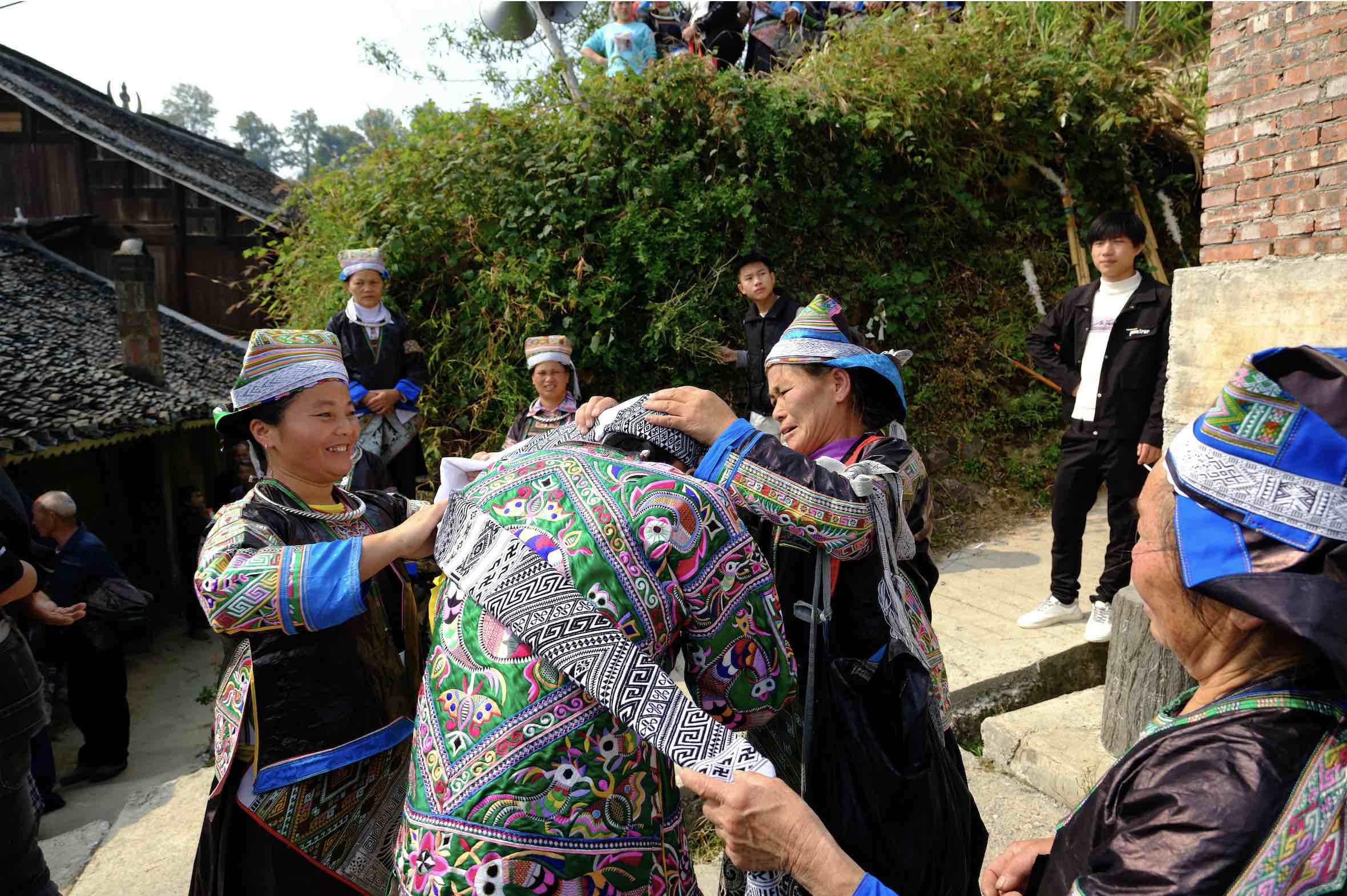
The Miao New Year is traditionally celebrated in the period from the 9th to the 11th month of the Chinese lunar calendar and usually lasts five to 15 days.
Most Miao people celebrate New Year in the 10th month of the lunar calendar, after the rice harvest.
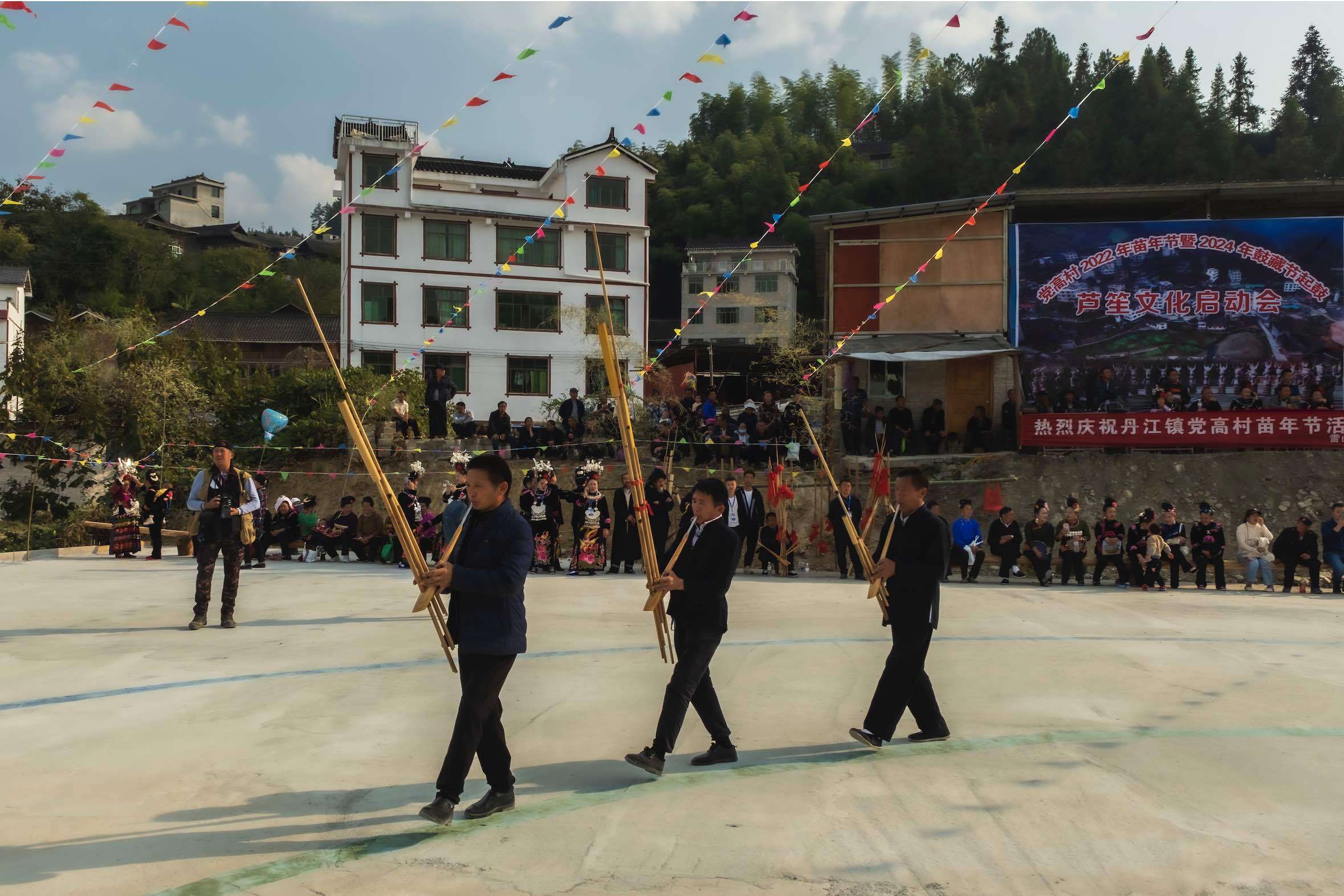
In October 2022 That's traveled to the province of Guizhou to partake in some Miao New Year celebrations, and captured it in pictures.
We also covered the centuries-old Miao tradition of bullfighting to bring in the Chinese Lunar New Year.
READ MORE: King Bull: Guizhou's Ancient Spring Festival Bullfight
Snap, Crackle & Pop

Two oxes lighting fire crackers at last year's Year of the Ox celebrations. Image via Flickr
One of the most common sights and sounds of the Chinese New Year is the eruption of firecrackers. Not the singular snapping of the ones we played with in our youth, but rather the deafening gatling gun-style raucous cracking of long chains of them firing simultaneously.
By February, the steps and squares in front of ancestral homes will be coated in a thick layer of trampled and scorched red pulp, left behind by tens of thousands of exploding paper capillaries.
As legend would have it, burning dry bamboo creates a loud popping sound which was believed to be useful in scaring away the monster Nian who emerges once a year, on the Lunar New Year, to feast on human children.
READ MORE: Your Day-by-Day Guide to the Spring Festival Calendar
During the Tang Dynasty (618-907), gunpowder was invented in China, and quickly found its way into the burning bamboo of these New Year’s festivities in order to increase the volume of the explosions.
By the Song Dynasty (960-1279), red paper replaced the tubes of dry bamboo along with the belief that sweeping up the mess of singed red paper would adversely influence a family’s fortune in the coming year.
Many urban areas banned fireworks and firecrackers in the 1990s. However, since 2008 most urban areas relaxed those bans to accommodate the traditions of the Spring Festival and other occasions where they are customary like opening new businesses or funerals.
Cantonese Coastal Carnivals
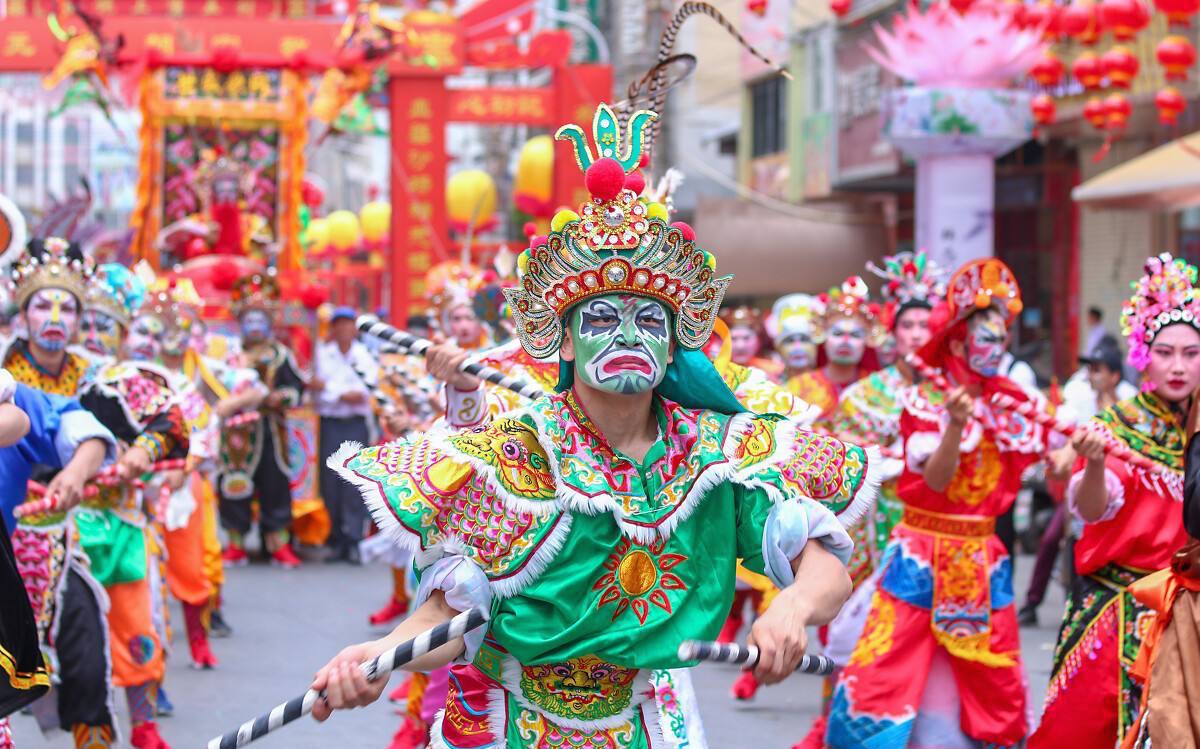
Among the most eclectic Spring Festival customs are the Floating Colors and Heroes Dance parades of Guangdong province.
West of the Pearl River Delta in places like Xinyi town in Maoming, residents of neighboring villages flood the streets and alleyways during the Lantern Festival to watch the piaose, cacophonous parades of colorfully dressed young girls and boys perilously perching on outward-branching stilts.
The bouquet of child performers is constructed with creatively concealed steel rods which are fastened securely to rolling floats.
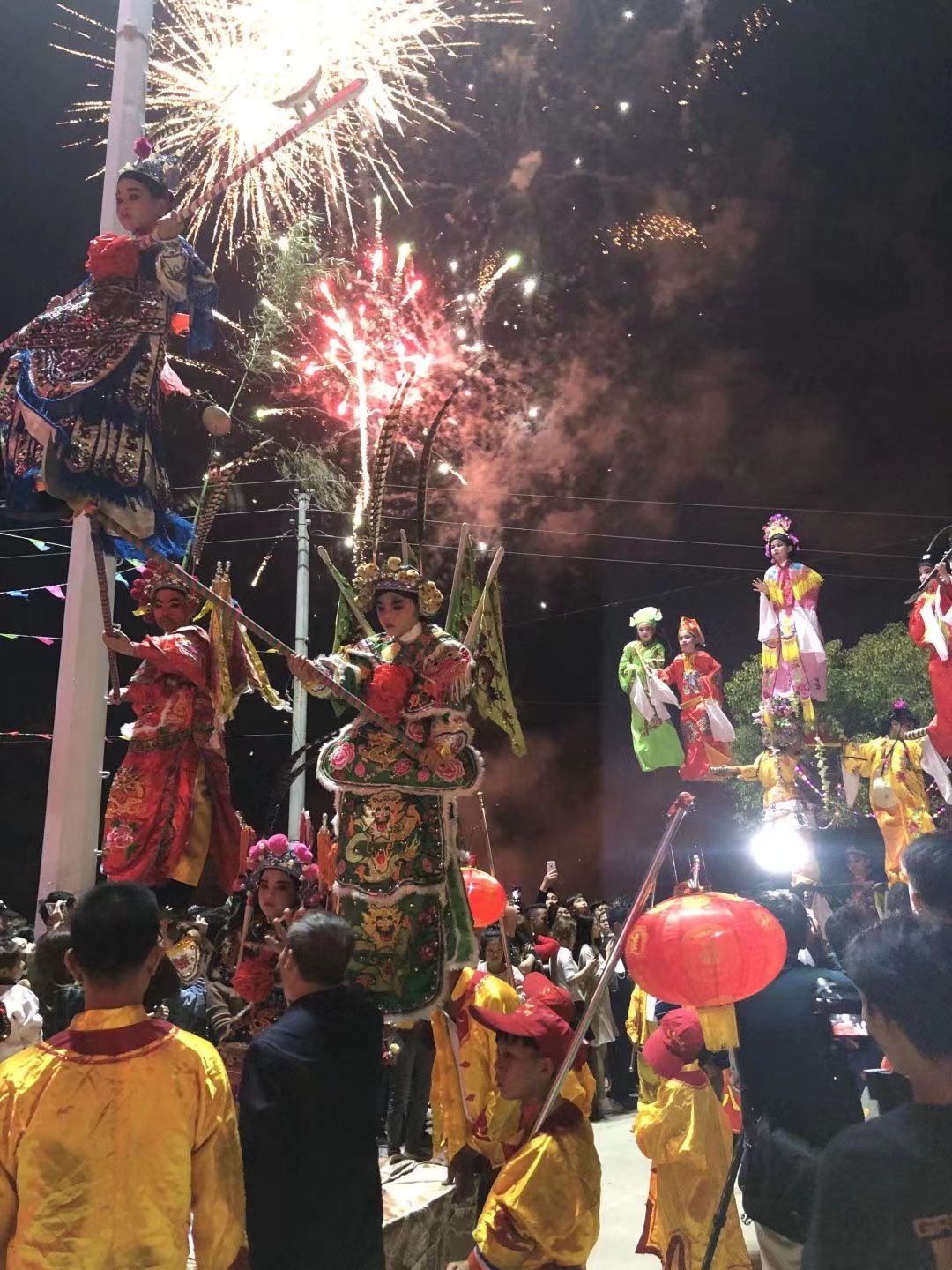
Image via 张池
Although the origins of the festivities are unknown, locals suggest that a ban on Cantonese operas after the Taiping Rebellion (1851-1864) forced opera singers to get creative in order to maintain their role in society.
Classic folktales are incorporated into the movement, clothing and aesthetic of the human-tree floats, and the children selected for the roles must be prepared to act, dance and sing while precariously balancing high above the crowds.
In the Eastern coastal area of Chaozhou, loud and rambunctious dancers can be seen stomping through the streets in the 'Heroes Dance,' or yingge.
Dating back 300 years, this variation of the Nuo opera was a shamanistic dance to purge the towns of evil spirits and make way for the spring and accompanying good fortune.
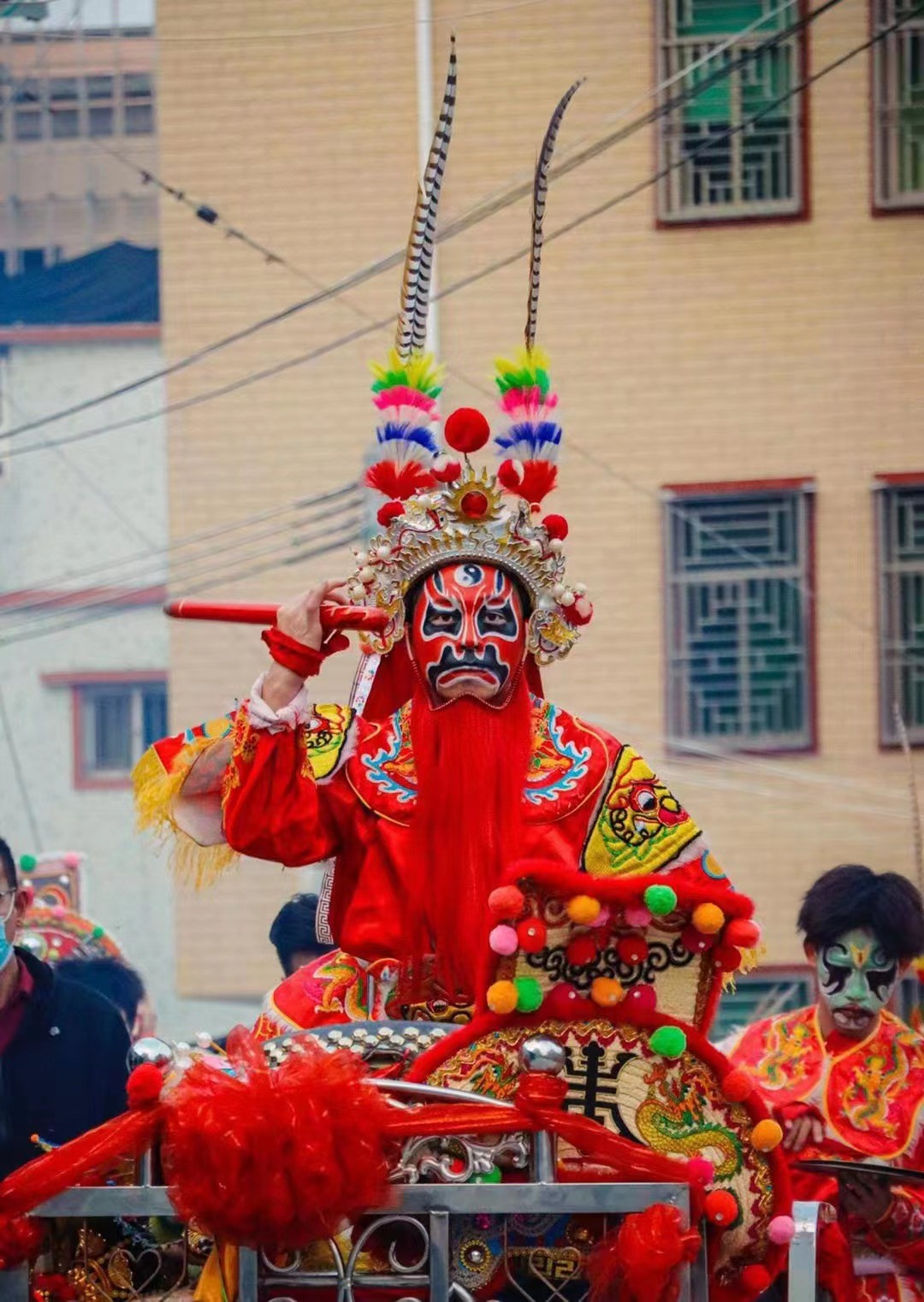
Images via Jessica Zheng
Throughout the years, the performance became focused on just one main vein of folklore, the 108 heroes of Liangshan Mountain.
The fable has between 20 and 30 characters which predominantly are played by strong young men who perform exhausting rituals of acrobatic dancing and martial arts.
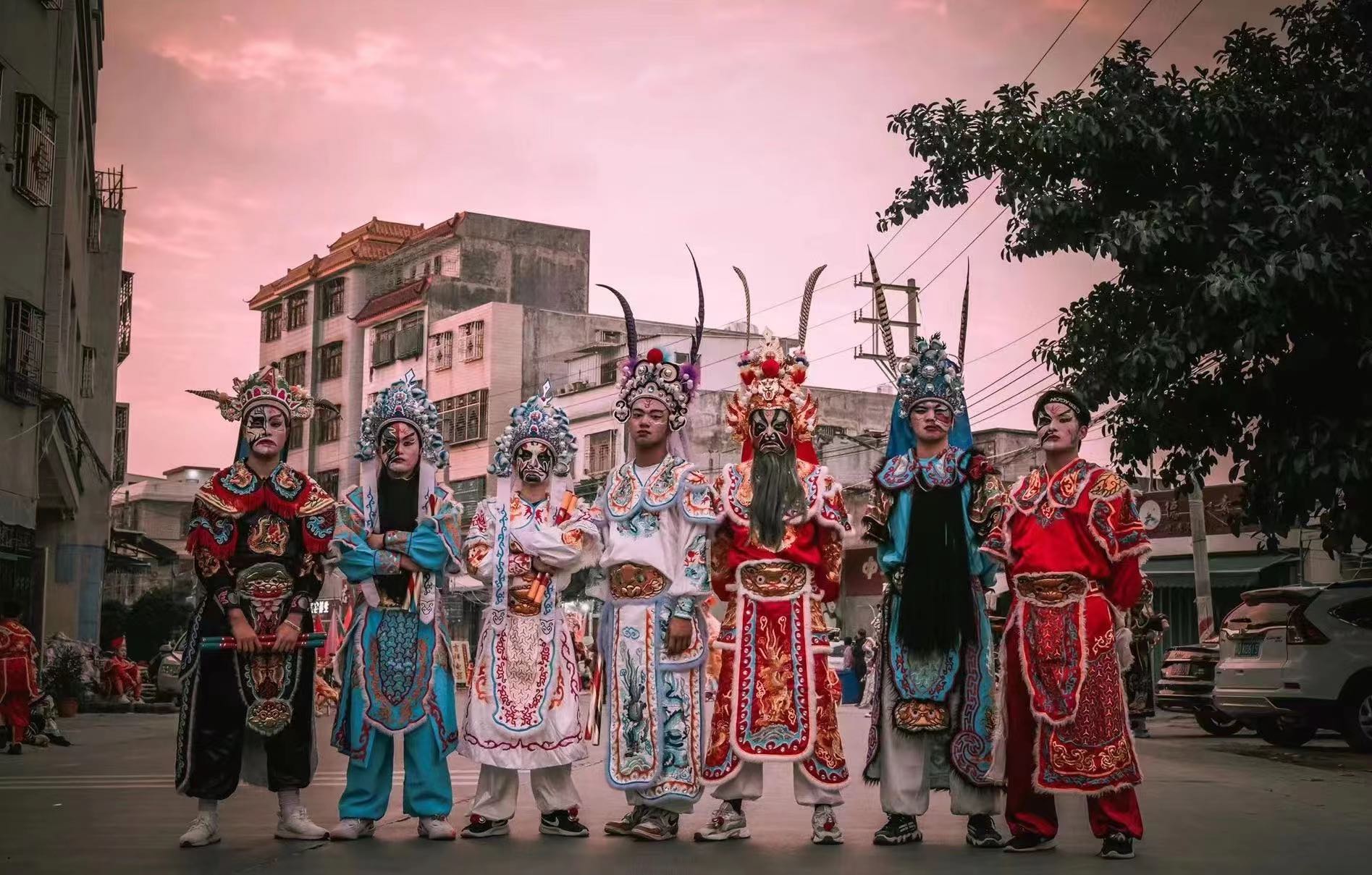
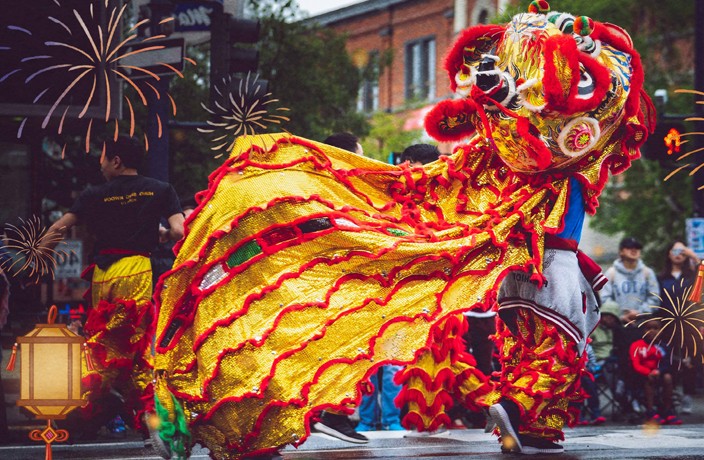




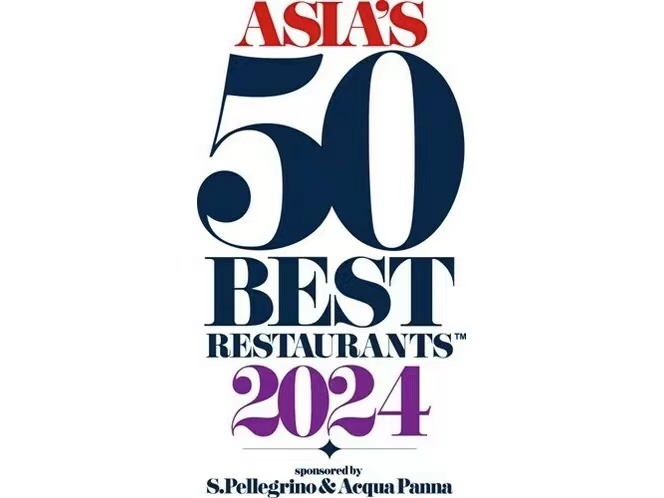

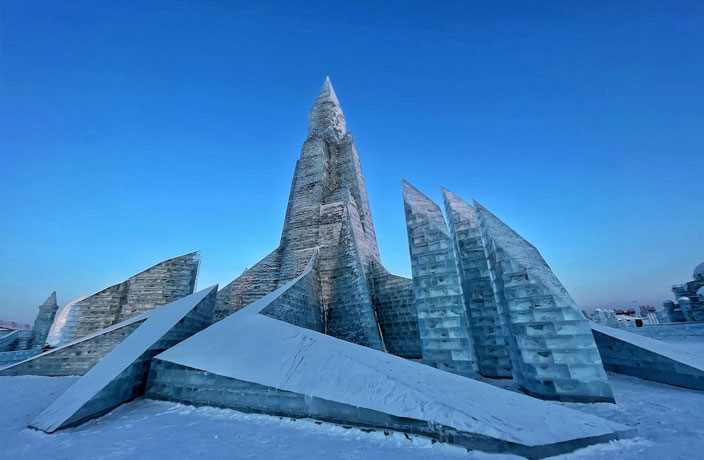














0 User Comments